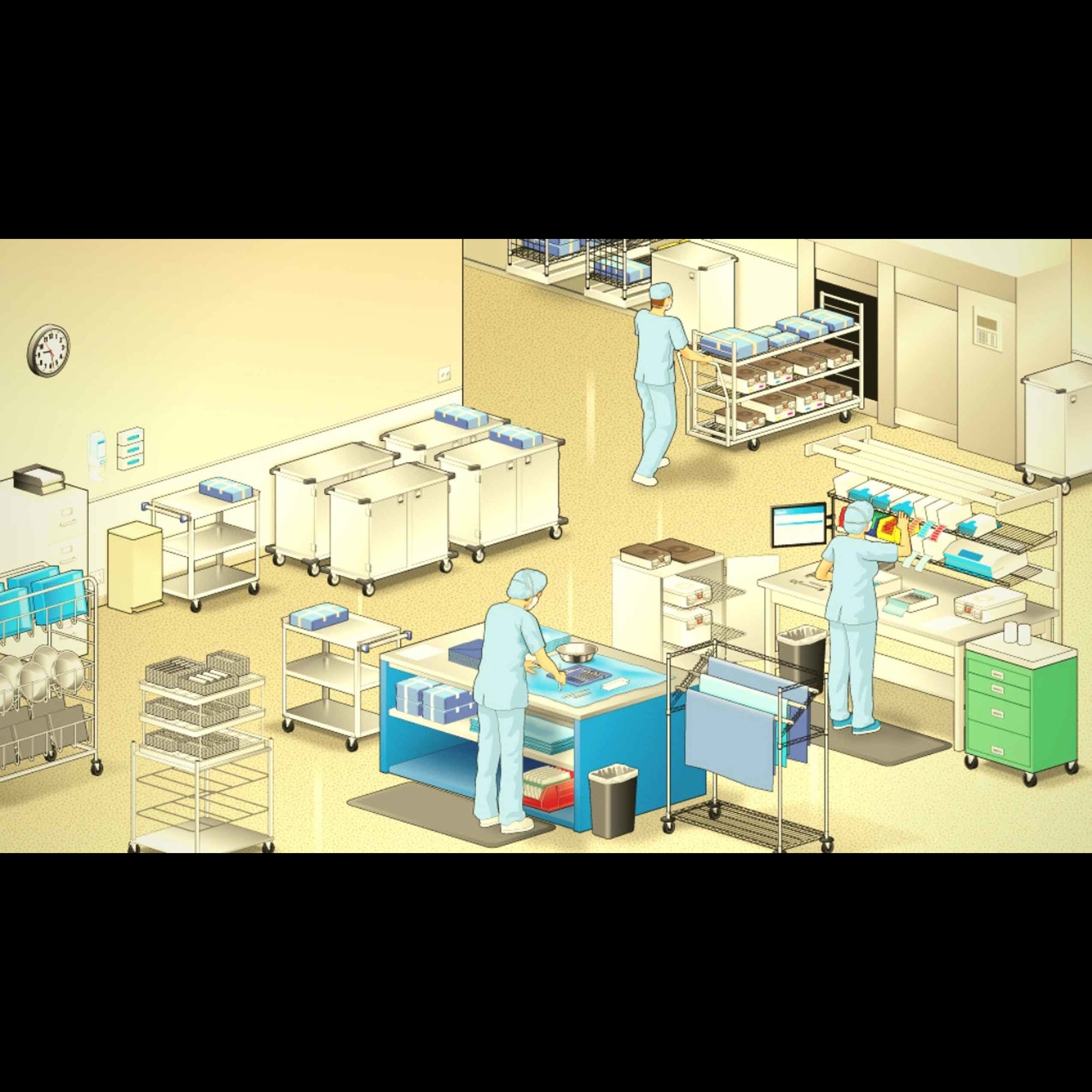BEST CSSD COURSE IN PUNE
The Central Sterile Supply Department is responsible for preparing medical/ surgical supplies and equipment so that they are sterile and ready for use in patient care.
The Full form of CSSD is The Central Sterile Services Department. CSSD, also called sterile processing department (SPD), sterile processing, central supply department (CSD), or central supply, is an integrated place in hospitals and other health care facilities that performs sterilization and other actions on medical devices, equipment and consumables; for subsequent use by health workers in the operating theatre of the hospital and also for other aseptic procedures, e.g. wound stitching and bandaging in a medical, catheterization, surgical, maternity or paediatric ward. CSSD is a crucial function in any hospital that when integrated with a hospital ERP helps in automating the workflow in sterilization of hospital equipments viz., surgical tools and instruments, syringes, catheters/tubes/other rubber goods, lab equipments in various departments and procedure sets.
It enables admin and operational staff to track and manage the inventory information of stock items that need to be sterilized in the form of packs/sets or individual quantity to be delivered to pathology labs, OT, ICU, emergency and wards in a hospital. CSSD maintains detailed records of cleaning, disinfection and sterilization. Implement infection control policy using CSSD module across all departments in a hospital that improves patient safety by enforcing and checking the controls necessary from time to time, to prevent cross infection.
Sterilization is the process of destroying all living organisms on an item and is the main task of most sterile services departments. Items to be sterilized must first be cleaned in a separate decontamination room and inspected for effectiveness, cleanliness and damage. There are multiple methods of sterilization, and which one is used is dependent on many factors including: operational cost, potential hazards to workers, efficacy, time, and composition of the materials being sterilized.
Decontamination is the most important step in the sterilization process beginning with point of use cleaning in the operating room. Items must be cleaned according to the manufacturer\\'s instructions for use (IFU\\'s). These must be followed for each item processed. Failure to properly clean a device will prevent sterilization from occurring. There are several factors that contribute to having a properly functioning decontamination area: [1] there must be proper dilution of detergents or damage to instruments will occur to include rusting and discoloration, [2] lumens are a big issue so there must be an assortment of brushes with varying lengths and diameters to thoroughly clean inside lumened instruments, [3] SPD staff need to be competent in the use of all processing equipment, [4] monthly in-service should be recurring and completed by the manufacturer\\'s representative, [5] efficacy testing of the equipment should be completed and documented ensuring equipment is functioning as intended.
ABOUT COURSE:
Diploma in CSSD Technician,
B. Sc. in Operation Theatre and Anaesthesia Technology and
M. Sc. in Operation Theatre and Anaesthesia Technology .
DIPLOMA: One Year, after 10th/12th.
BACHELOR’S DEGREE: Three Years, after 12th AND after DIPLOMA Two Years.
MASTERS DEGREE: Two Years, after Graduation (B. Sc.).

